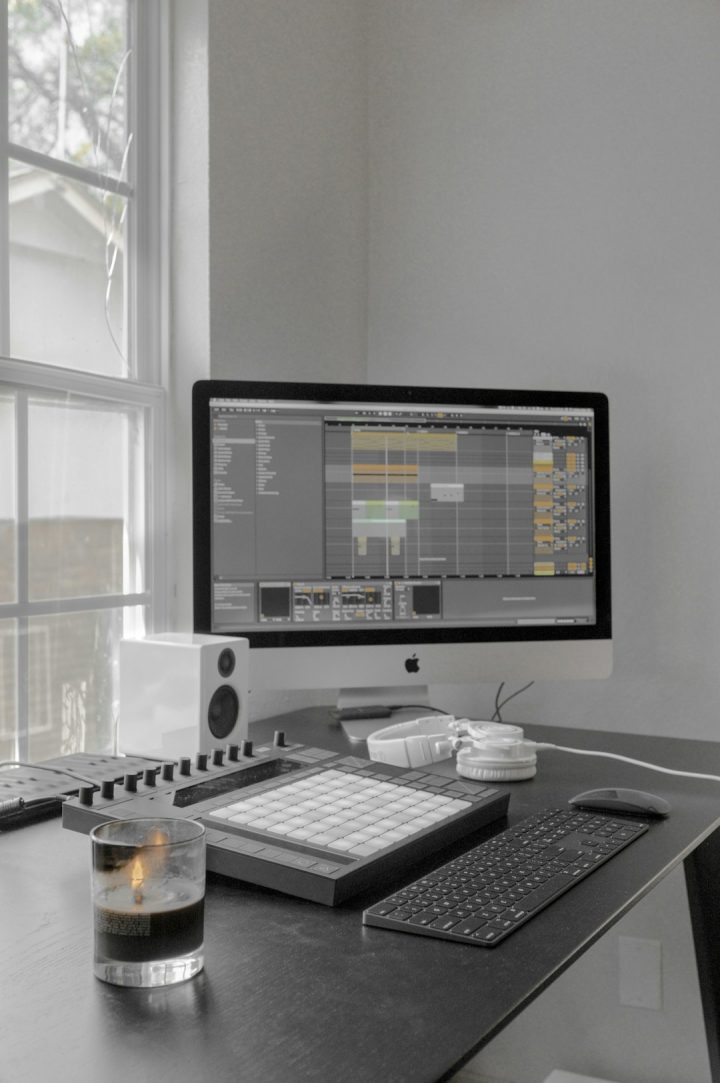If you’re diving into music production with FL Studio, you’ve likely encountered various file types—samples, VST presets, project files, and soundfonts. Among these formats, SoundFont2 (SF2) files are especially powerful tools for producing rich and dynamic audio. But for many users, especially beginners, discovering high-quality SF2 files often leads to downloading ZIP archives from the internet. The next challenge: converting or extracting useful SF2 files from those ZIP packages for use in FL Studio. Let’s explore how to do that efficiently and effectively.
What Are SF2 Files and Why They Matter
SoundFonts, and specifically SF2 files, are sample-based instrument presets typically containing audio samples, mappings, envelopes, and settings—all bundled together into a single file. These are played back using virtual synthesizers or samplers, such as FL Studio’s DirectWave or Fruity SoundFont Player. They’re particularly useful for emulating acoustic instruments and were originally popularized in MIDI sequencing. Many composers still use SoundFonts to get a retro, game-like, or orchestral sound with controllable expressiveness.
ZIP archives often contain these valuable assets along with other data like documentation, MIDI files, or even multiple versions of the soundfont. So knowing how to effectively pull out and use SF2 files in your workflow is essential.
Step-by-Step: Extracting and Installing SF2 Files from ZIP Archives
Let’s break the process into manageable steps that anyone—even if new to FL Studio—can follow without frustration.
-
Download a ZIP Archive with SF2 Content
First, identify a reliable source for SF2 libraries. Reputable websites include:These sites often package content in ZIP archives to save bandwidth and group related files.
-
Unzip the Archive
Use a file extraction tool like 7-Zip, WinRAR, or your operating system’s built-in unarchiver to open the ZIP.Windows:
Right-click ZIP > Extract AllmacOS:
Double-click the ZIP fileThe resulting extracted folder often includes:
- .sf2 files
- README or License.txt
- Optional MIDI or example project files
If there’s no .sf2 file in the root directory, check subfolders. Some packs include different banks organized by instrument type or velocity layers.
-
Organize and Store Your SF2 Files
It’s helpful to create a dedicated folder for SoundFonts. For example:C:\Users\YourName\Documents\SoundFontsor
/Users/YourName/Music/SoundFontsThis structure keeps access inside FL Studio clean and intuitive.
Smart Storage Strategies
The more SF2 files you collect, the harder it becomes to manage them. Use these tips to stay organized:
- Use subfolders named by instrument type, such as “Pianos”, “Strings”, “Drums”, etc.
- Rename files with intuitive labels to remember quality or intended usage. Example: Vintage_Piano_Bright.sf2
- Create a spreadsheet or text log of favorites, including notes about tone or usage tips.
Loading SF2 Files in FL Studio
Next, you’ll want to use your extracted SF2 files effectively in FL Studio. While FL Studio doesn’t natively allow direct drag-and-drop loading for SF2 files in most instruments, you can use compatible plugins.
Option 1: DirectWave
FL Studio comes bundled with DirectWave, a sophisticated sampler. It supports SF2 importing easily:
- Open FL Studio and launch DirectWave from the plugin menu.
- Click the Disk icon within DirectWave.
- Browse to your SF2 file and select it.
- You’ll now see the instrument or instrument layers loaded and playable via MIDI input.
DirectWave allows you to go further by saving it as a DirectWave program (.dwp) or bank (.dwb) for quicker future access.
Option 2: Fruity SoundFont Player (Legacy)
If you have the Fruity SoundFont Player—a legacy plugin that’s sometimes available to FL Studio owners—you can do the following:
- Add a channel with the Fruity SoundFont Player.
- Click the folder button and browse to your SF2 file.
- Customize filters, envelopes, and playback settings.
Note: The SoundFont Player is only available in older FL Studio versions or as a paid plugin in newer ones. Consider DirectWave if you don’t already own it.
Option 3: Use a Third-party Plugin
Third-party VST plugins like Plogue Sforzando or TX16Wx also support SoundFont playback. Here’s how to use one:
- Download and install the free Plogue Sforzando.
- Add Sforzando as a VST plugin in FL Studio.
- Load your SF2 file inside the plugin’s interface.
Tips for Choosing Quality SF2 Files
Not all SoundFonts are created equal. Some are mono, low-sample-rate, or poorly looped. When extracting SF2 files from a ZIP, review them for the following:
- Sample rate quality (44.1kHz or better recommended)
- Instrument articulation—check if there’s expression like velocity variation or filters
- File size—larger files often mean better recorded samples, though not always
- Licensing—ensure you’re allowed to use it for commercial purposes
You can preview these files using tools like VLC Media Player or freestanding SoundFont players before loading them into FL Studio.
Common Issues and Solutions
1. “The SF2 file doesn’t load properly.”
Try another plugin. Some files may not translate well inside DirectWave but work fine in a different SoundFont player like Sforzando.
2. “The extracted ZIP didn’t contain an SF2 file.”
Make sure you fully extract all subfolders. Sometimes SF2 files are nested several levels deep, mixed in with documentation or example MIDIs.
3. “The SF2 doesn’t sound right in FL Studio.”
Check your sample rate and Output settings. Sometimes playback artifacts occur due to incompatible rendering settings. Update your plugin or FL Studio version if needed.
Why Use SF2s Today?
With the rise of vast sample libraries, you may wonder whether SoundFonts are outdated. Actually, they remain highly useful due to:
- Portability—One file contains everything needed
- Low CPU usage—Compared to modern sample libraries
- Efficient MIDI workflow—Best for educational and prototyping environments
Whether you’re recreating NES-inspired chiptunes, classical arrangements, or just exploring new sonic textures, SoundFonts give you flexibility without the baggage of gigabyte-sized instrument libraries.
Conclusion
Understanding how to extract and work with SF2 files from ZIP archives greatly expands your flexibility in music production within FL Studio. From exploring orchestral presets to retro synths, SF2 files offer an economical, powerful, and low-load way to diversify your sound library. With smart organization and the right plugins at your disposal, you’ll be unlocking
